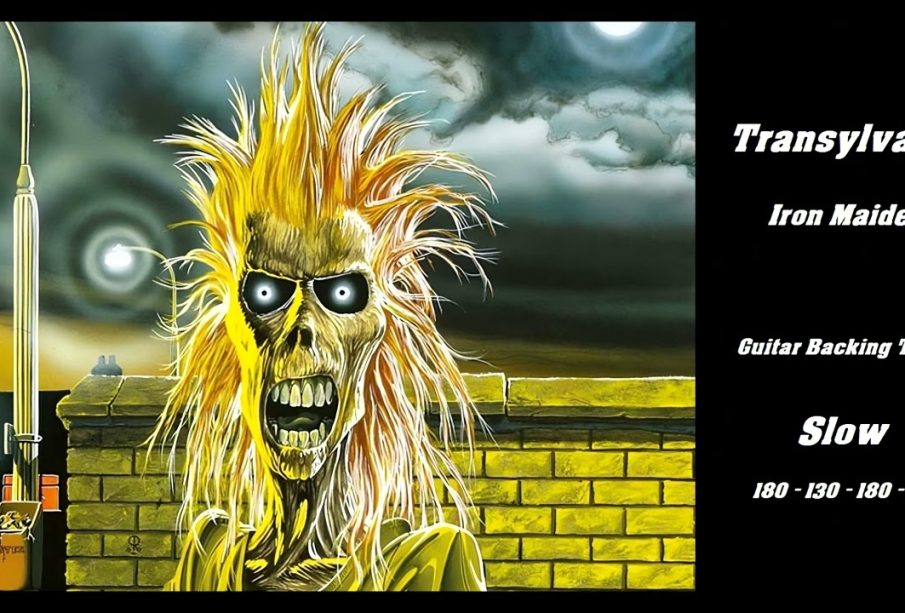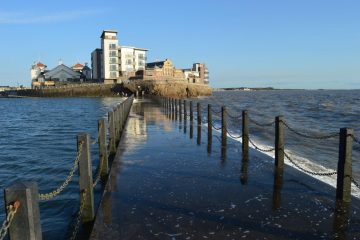Discovering the Enigma of Transylvania

Introduction
Transylvania, a historical region located in central Romania, is renowned for its dramatic landscapes, medieval towns, and rich folklore, particularly its association with the Dracula legend. This region not only captivates the imagination but also plays a significant role in Romania’s cultural heritage. With its stunning castles, fortified churches, and breathtaking natural scenery, Transylvania draws tourists from around the world, making it an important focal point for both history enthusiasts and adventure seekers.
Historical Significance
Transylvania’s history dates back to ancient times, influenced by various cultures including the Romans, Saxons, and Hungarians. The region flourished during the Middle Ages as a hub of trade and commerce, further evidenced by the well-preserved medieval architecture seen in cities like Sibiu, Brașov, and Sighișoara. These towns feature charming cobblestone streets and Gothic buildings, offering a glimpse into the past. Additionally, Transylvania is home to numerous castles, including the iconic Bran Castle, often linked to the Dracula legend, although there is little evidence that Bram Stoker’s character was based on the historical figure Vlad the Impaler.
Natural Beauty and Tourism
Beyond its rich historical narrative, Transylvania boasts stunning natural landscapes, including the Carpathian Mountains and vast forests. These natural features provide ample opportunities for outdoor activities such as hiking, skiing, and wildlife observation. Tourists are increasingly drawn to the region for its eco-tourism opportunities and the chance to experience traditional Romanian rural life. Major attractions also include the Danube River and the Apuseni Natural Park, known for its karst formations and diverse ecosystems.
Current Events
Recently, Transylvania has been thrust into the global spotlight due to the surge in travel interest post-pandemic. The Romanian government has invested in promoting the region as a prime tourist destination, with campaigns highlighting local culture, gastronomy, and festivals. Furthermore, events such as medieval fairs and Halloween festivities at Bran Castle have proven popular, drawing visitors eager to experience the region’s mystique and folklore.
Conclusion
In summary, Transylvania represents a unique blend of history, culture, and natural beauty, making it a significant destination for travellers. As the world continues to adapt to changes in travel preferences, Transylvania remains poised for further growth in tourism. With its captivating stories and picturesque landscapes, it offers a timeless charm that is sure to enchant visitors for generations to come. Embracing its diverse heritage, Transylvania’s future as a travel hotspot looks exceedingly promising.








